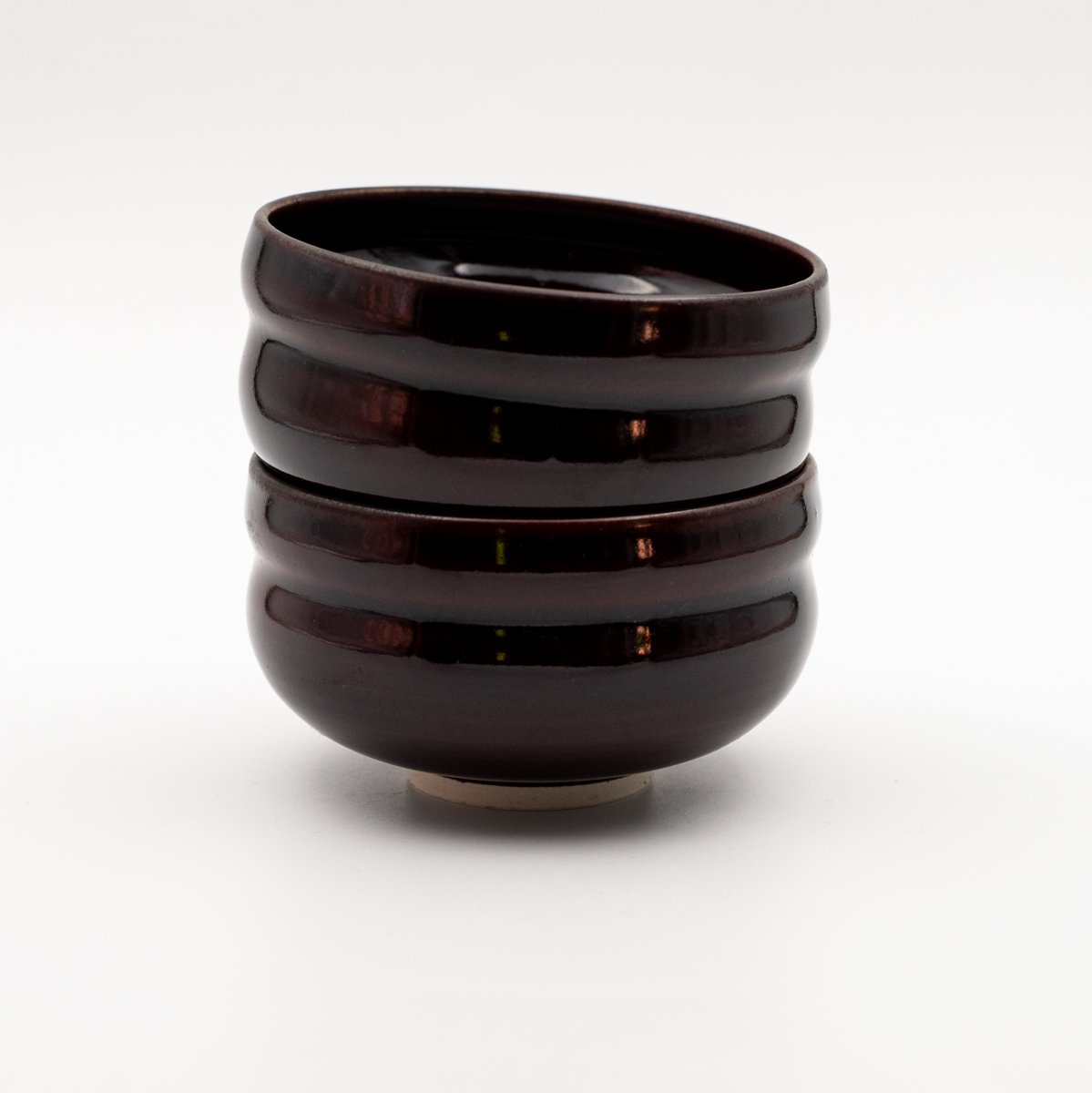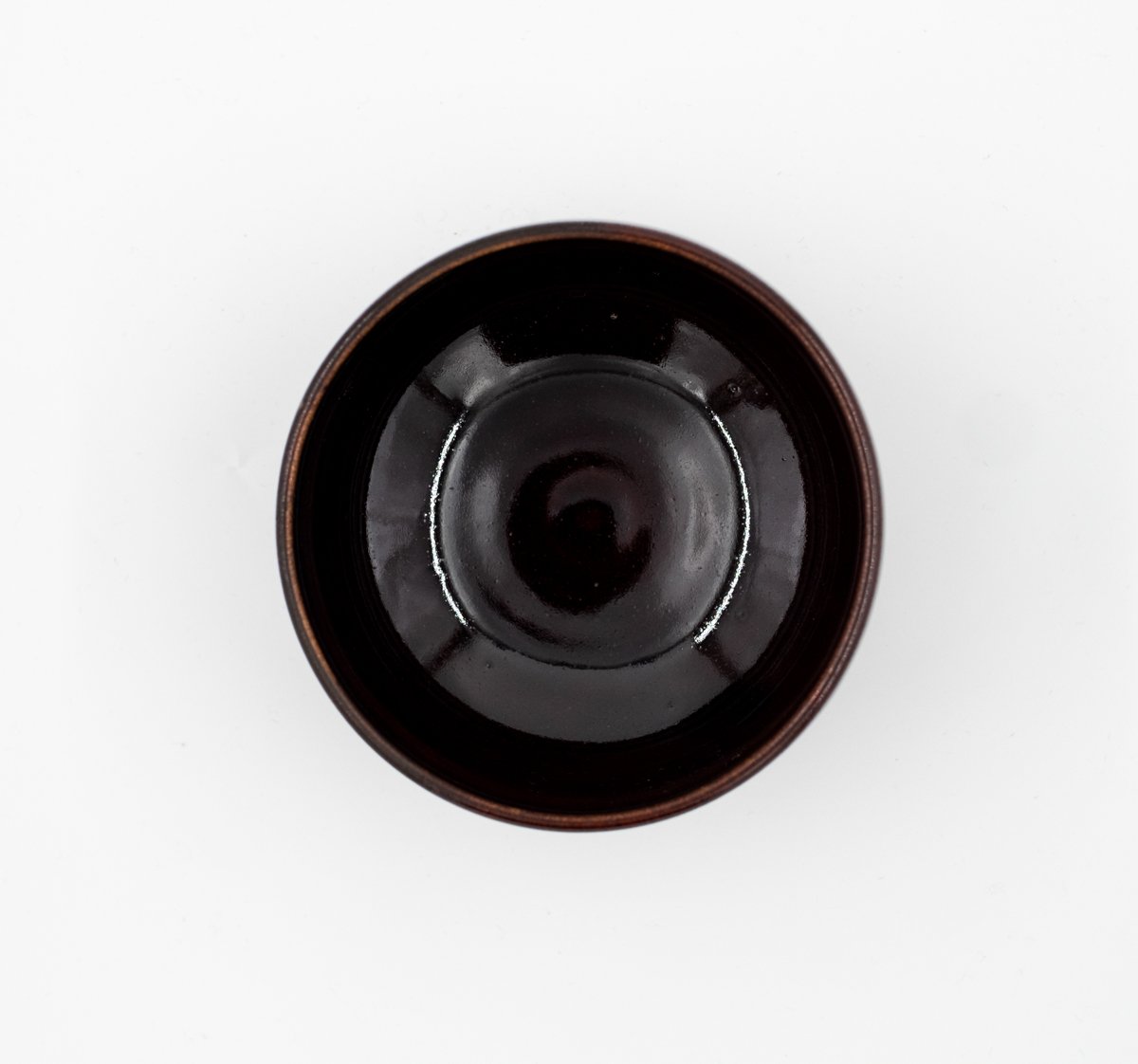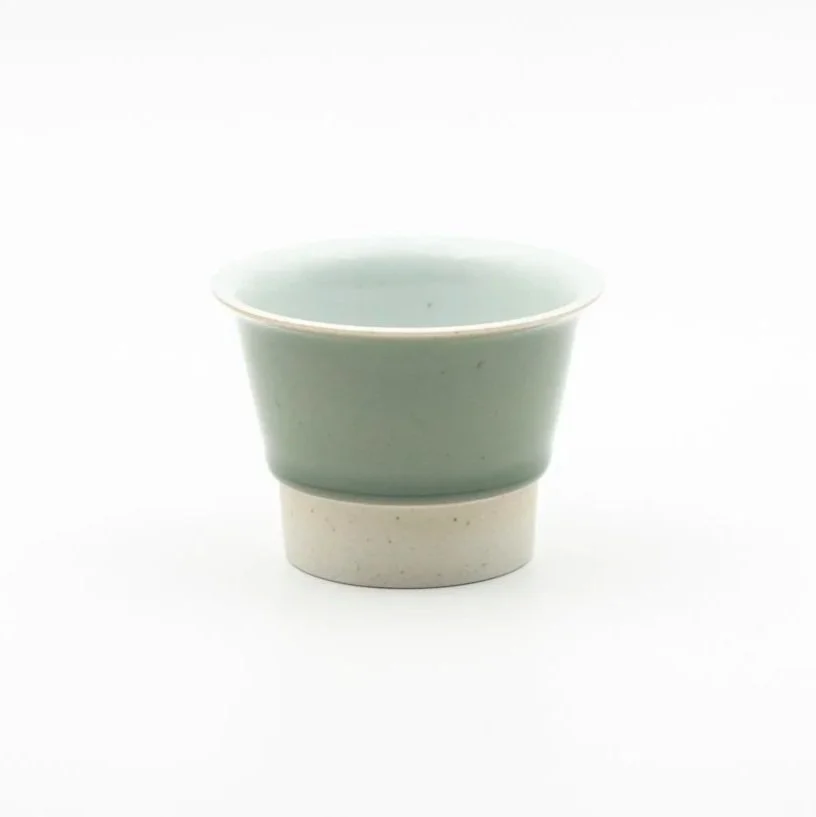 Image 1 of 4
Image 1 of 4

 Image 2 of 4
Image 2 of 4

 Image 3 of 4
Image 3 of 4

 Image 4 of 4
Image 4 of 4





Lytken Haandvaerk x Tyst Te Chawan—Brown
The gently curved shape fits naturally in your hands, offering a comfortable grip and a place for your fingers to rest as you enjoy your matcha. A small foot lifts the bowl slightly off the surface, giving it a light, elegant presence.
Each piece is wheel-thrown from white stoneware clay and glazed inside and out with a glossy Tenmoku brown.
Ø11 x H6.5 cm
Handmade by Marie Lytken, in her studio on Jægersborggade, Copenhagen.
Each chawan is unique.
The word chawan ("茶碗") comes from the Japanese "Cha", tea, and "Wan", bowl. The chawan is an indispensable element used in the Japanese tea ceremony and an important part of the aesthetics of this offering. The beauty of traditional chawan’s lies in their creation according to the principles of wabi-sabi, the art of imperfection, which advocates simplicity and a return to nature.
The gently curved shape fits naturally in your hands, offering a comfortable grip and a place for your fingers to rest as you enjoy your matcha. A small foot lifts the bowl slightly off the surface, giving it a light, elegant presence.
Each piece is wheel-thrown from white stoneware clay and glazed inside and out with a glossy Tenmoku brown.
Ø11 x H6.5 cm
Handmade by Marie Lytken, in her studio on Jægersborggade, Copenhagen.
Each chawan is unique.
The word chawan ("茶碗") comes from the Japanese "Cha", tea, and "Wan", bowl. The chawan is an indispensable element used in the Japanese tea ceremony and an important part of the aesthetics of this offering. The beauty of traditional chawan’s lies in their creation according to the principles of wabi-sabi, the art of imperfection, which advocates simplicity and a return to nature.
You might also like





